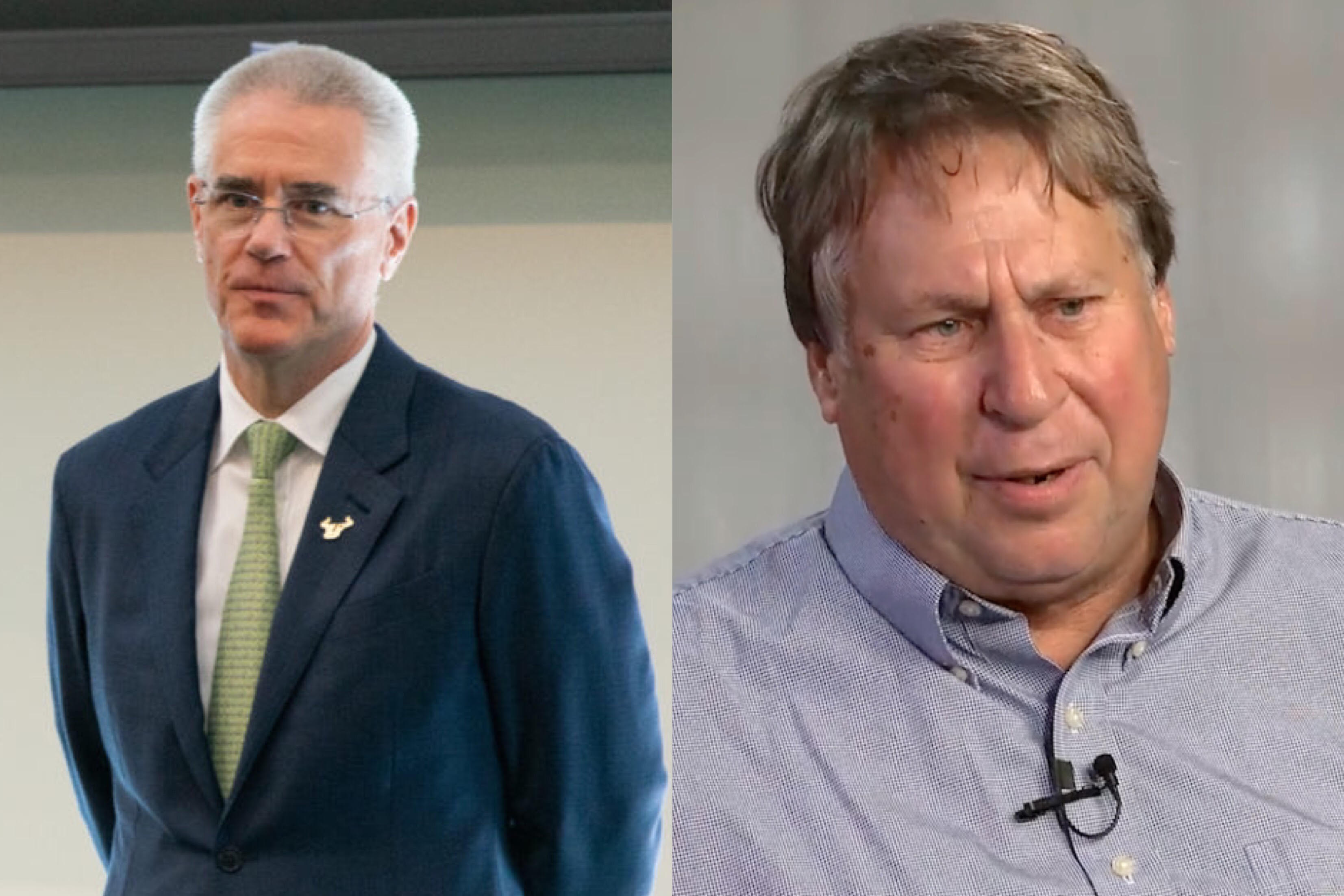“Although many details are still in the works, the new plan was quickly welcomed by three key players in the ongoing consolidation debate.”
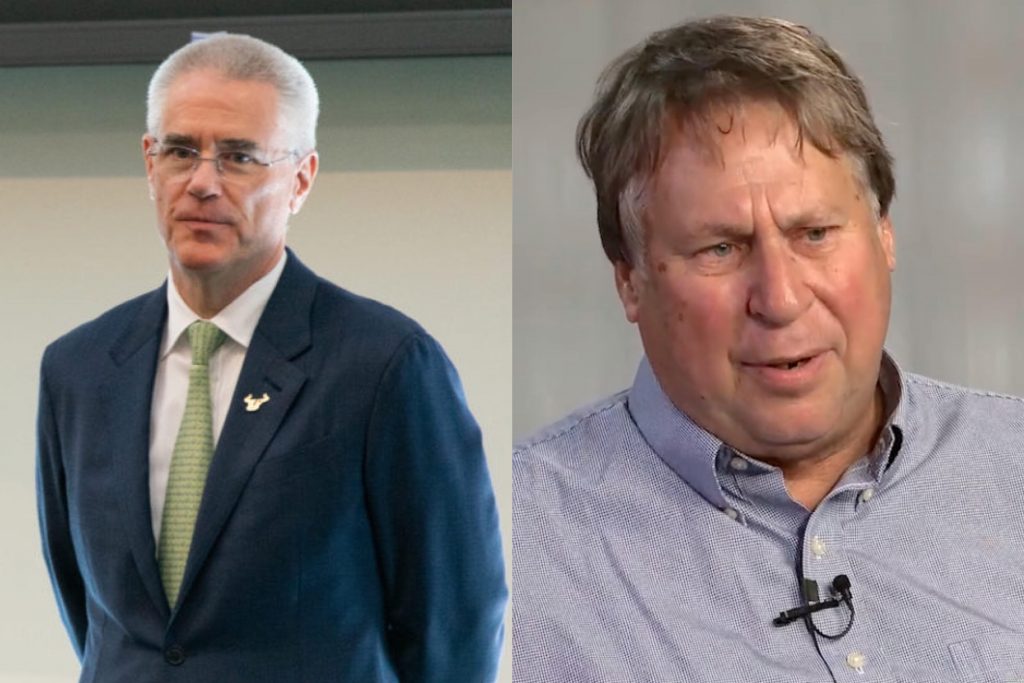
Courtesy of Jonah Hinebaugh and USF St. Petersburg
By Nancy McCann
St. Petersburg campus leaders would have significant responsibility for academics, budgets and student life under a revised plan for consolidating the three campuses of USF next July.
The plan, which was released Thursday, promises to preserve the “distinctive identities” of all three campuses and to give “clear responsibility and accountability” for academic and budgetary decisions to the regional chancellors of the two smaller campuses.
Although many details are still in the works, the new plan was quickly welcomed by three key players in the ongoing consolidation debate.
One was state Rep. Chris Sprowls, R-Palm Harbor, the chief legislative architect of consolidation and key defender of the St. Petersburg campus.
Sprowls joined USF system President Steve Currall in presenting the new plan to the editorial board of the Tampa Bay Times on Thursday morning.
The second was the Times, which praised the new plan as a “substantial improvement” over Currall’s first plan five weeks ago.
And the third was history professor Ray Arsenault, who as president of the USF St. Petersburg Faculty Senate has been an outspoken critic of the consolidation process and Currall’s first plan.
“Short of retaining our separate accreditation, it’s about as good as we could hope for,” said Arsenault. “Compared to the original plan, it’s like night and day. It shows that President Currall listened to our criticisms and all the voices that were raised in objection to the original plan.”
At issue in the long months of consolidation planning was the status of the St. Petersburg and Sarasota-Manatee campuses, which will lose their independent accreditation when the three campuses become what Currall calls “One USF, Geographically Distributed.”
A 17-member consolidation task force recommended that the two smaller campuses become full branch campuses, as defined by the regional agency that accredits USF. That means St. Petersburg and Sarasota-Manatee should have strong leaders with substantial authority over academics and budgets.
Sprowls and other key Pinellas legislators agreed.
When then-USF system President Judy Genshaft pointedly declined to endorse that status for the smaller campuses, the Legislature amended the Florida statutes in June to mandate it.
Currall, who succeeded Genshaft on July 1, says the plan he released Thursday complies with both state law and the requirements of the accrediting agency.
In a memo to the USF community, he and Regional Chancellors Martin Tadlock of St. Petersburg and Karen Holbrook of Sarasota-Manatee call consolidation “an extraordinary opportunity for the USF community to strengthen our stature as a Preeminent Research University and to converge on new and innovative ways to serve our students, faculty, alumni and the broader Tampa Bay region in our quest to be a top-25 public university.”
Under the revised plan, they say, “new strategic investments will preserve the distinctive identities of each of our campuses, building on areas of strength and drawing upon faculty expertise from across USF campuses and colleges.”
The proposed structure under the new plan includes these highlights for St. Petersburg:
- A reassignment of some academic programs from the Muma College of Business in Tampa to St. Petersburg, such as bachelor’s and master’s degrees in finance.
- An interdisciplinary USF Center of Excellence in Oceanographic and Environmental Sciences.
- An interdisciplinary USF Center of Excellence in STEM Education.
- Distinctive programs in Journalism and Digital Communications and an interdisciplinary research center in Florida Studies, a program that Arsenault co-founded 16 years ago.
- A path for expanded nursing, public health, architecture and community design, engineering and other programs in both St. Petersburg and Sarasota-Manatee.
The plan also spells out “clear responsibility and accountability (i.e., ‘authority’) for academic and budgetary decisions” for Tadlock and Holbrook.
That responsibility and accountability would cover “decision-making regarding branch campus academic programs, in collaboration with college deans and faculty members”; campus academic performance outcomes; assessing and planning future faculty needs and promotion decisions; providing equitable support services for all students, faculty and other personnel on branch campuses; proposing and implementing branch campus budgets; and leading daily branch campus operations.
However, the plan also makes clear that Ralph Wilcox, the provost of the USF system, will be a powerful player in the new structure.
He “will adjudicate,” the plan says, when the two regional chancellors and other campus leaders cannot reach consensus on academic programs and faculty appointments, assignments and performance appraisals.
Final decisions on tenure would be made by Wilcox.
Under the rules of the regional accrediting agency, the consolidated university must have one provost, one college for each “overarching discipline area” like business and education, and one dean for each college.
In the case of multi-campus colleges like business, education and arts and sciences, the top administrator will be informally called a multi-campus dean.
That means St. Petersburg will get campus deans in business, arts and sciences, and the library. The top administrator in education will be called an associate campus dean. They will all report to multi-campus deans in Tampa.
The dean of the College of Marine Science, which is based in St. Petersburg, will continue to report to the provost in Tampa but become a campus dean on local issues in St. Petersburg.
The plan also says that students in St. Petersburg and Sarasota-Manatee will not have to pay fees “in excess of the amount necessary” to fund services on their campuses.
Student fees “shall not be used to pay for a disproportionate share of fixed costs or otherwise be used to subsidize the costs of services being provided primarily to students on the parent campus,” the plan says.
‘Preliminary blueprint’
Just five weeks ago, a “preliminary blueprint” from Currall called for substantially lower profiles for the St. Petersburg and Sarasota-Manatee campuses and their chancellors.
Under that plan, Wilcox would control all academics and student life from his office in Tampa. Tadlock and Holbrook would supervise only non-academic staff and “university advancement” activities like fundraising and alumni relations.
Almost immediately, however, Currall’s blueprint ran into hot, loud opposition.
Campus veterans and critics like St. Petersburg Mayor Rick Kriseman called that plan a bald power play that would turn the two smaller campuses into often-neglected satellites – just as they were before they earned separate accreditation (St. Petersburg in 2006, Sarasota-Manatee in 2011).
They accused Currall of ignoring the recommendations of the consolidation task force, which called for the smaller campuses to become branch campuses as defined by the regional agency that accredits the university.
More significantly, critics said, Currall was ignoring the Legislature’s mandate that St. Petersburg and Sarasota-Manatee become full branch campuses.
In public, key Pinellas legislators forcefully warned Currall not to try maneuvering around the law.
Although the new plan seemed to clear significant hurdles on Thursday, there are still miles to go before consolidation takes effect on July 1.
“Further refinements” to the plan will be presented to the USF system Board of Trustees on Dec. 3, Currall and the regional chancellors said, and a “substantive change prospectus” must be sent to the accrediting agency by March 15.
Final approval must come from the Florida Board of Governors, the agency that oversees the state’s public universities.
Buried in a bill
Release of the revised plan for consolidation is the latest development in a twist-and-turn saga that began in January 2018.
That’s when a proposal to abolish the independent accreditation of the two smaller campuses suddenly appeared in a few sentences buried in a 52-page bill in the state Legislature.
The chief architect of the surprise proposal was Sprowls, an influential lawmaker who was already poised to become speaker of the House in 2021-2022.
Sprowls said his reason was simple: USF Tampa was in line to become the third state school to win designation as a “preeminent state research university,” an honor that would bring about $6 million in extra funds to the Tampa campus.
If St. Petersburg and Sarasota-Manatee were part of a single, unified university, Sprowls said, they would share in the bounty.
In St. Petersburg, Sprowls’ proposal brought howls of dismay and protest from campus veterans and friends of the campus in Pinellas County’s government and business circles.
The campus had grown and thrived since winning independent accreditation in 2006, they said, and consolidation could signal a return to the unhappy era when St. Petersburg was a powerless outpost of Tampa.
Sprowls and the Legislature ignored pleas to shelve or delay their plan. But lawmakers did amend it with language designed to guarantee that the distinct identities of St. Petersburg and Sarasota-Manatee would be preserved.
Legislators also mandated creation of the task force to help plan for consolidation and insure that the smaller campuses would be heard.
Almost immediately, however, the administration of then-President Genshaft served notice that retaining Tampa’s newly won preeminence status was its top priority – not the identities and wishes of St. Petersburg and Sarasota-Manatee.
Genshaft and the Board of Trustees created a consolidation planning apparatus and gave it status equal to the task force.
A Chicago consultant they hired produced recommendations with a pro-Tampa tilt, and Genshaft pointedly declined to embrace the task force recommendation that St. Petersburg and Sarasota-Manatee become full branch campuses with substantial authority over academics and budgets.
That brought more protest from St. Petersburg. It also prompted Sprowls and the Legislature to amend the statutes again earlier this year, stipulating that the two smaller campuses must be branch campuses as defined by the regional agency that accredits the university.
In his first plan for consolidation – which he called a “preliminary blueprint” – Currall ignored that requirement, according to St. Petersburg and its allies.
“The darkest moment in the history of the (St. Petersburg) campus,” said faculty leader Arsenault.
“As expected, a process fraught with secrecy and politics,” said St. Petersburg Mayor Kriseman.
“Awfully tilted toward the main campus in Tampa,” said the Tampa Bay Times in an editorial, adding that the plan “neuters the regional chancellors” in St. Petersburg and Sarasota-Manatee.
Meanwhile, legislative leaders like Sprowls and state Sen. Jeff Brandes, R-St. Petersburg, said they expected the university system and trustees to follow both the letter and spirit of the law they enacted earlier this year.
That criticism helped send Currall – who took office on July 1 – back to the drawing board, which in turn led to the revised plan he released Thursday.
What they’re saying
Here is some of the reaction to the revised plan on consolidation that was released Thursday by USF system President Steve Currall.
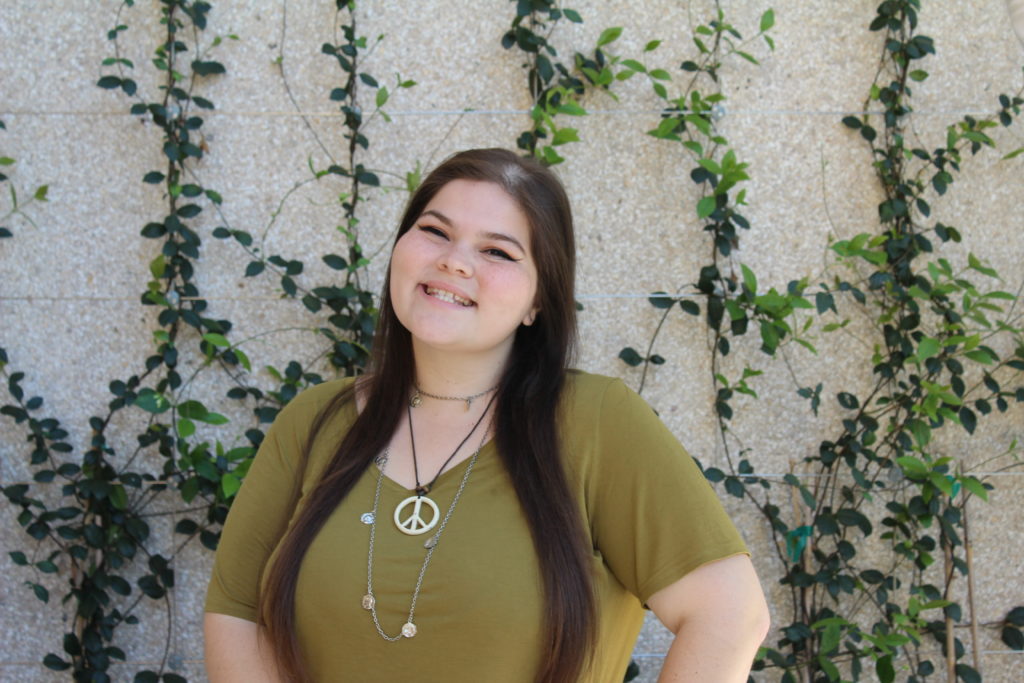
Jadzia “Jazzy” Duarte and Hannah Rose Wanless, on behalf of Student Government:
We’re pleased by Version 2.0 of the consolidation plan. We feel that some of the concerns that were brought up after the first version were addressed. A major point of appreciation is the Regional Chancellor aspect, as it’s stated that each branch campus’s Regional Chancellor will have autonomy and guiding authority over its staff and budget.
We’re excited about the opportunities raised with the expansion of the different colleges at USF. President Duarte met with President Currall, Dr. Tadlock, Dr. Holbrook, Rep. Sprowls, Dr. Wilcox, and other administrators who were happy to answer any questions/comments that came up during the first reading of this consolidation plan.
There are still some areas that we find unclear but we do understand that there are still developments being made on the administrative side. We’re excited to see more transformations being made and are patiently awaiting Version 3.0.
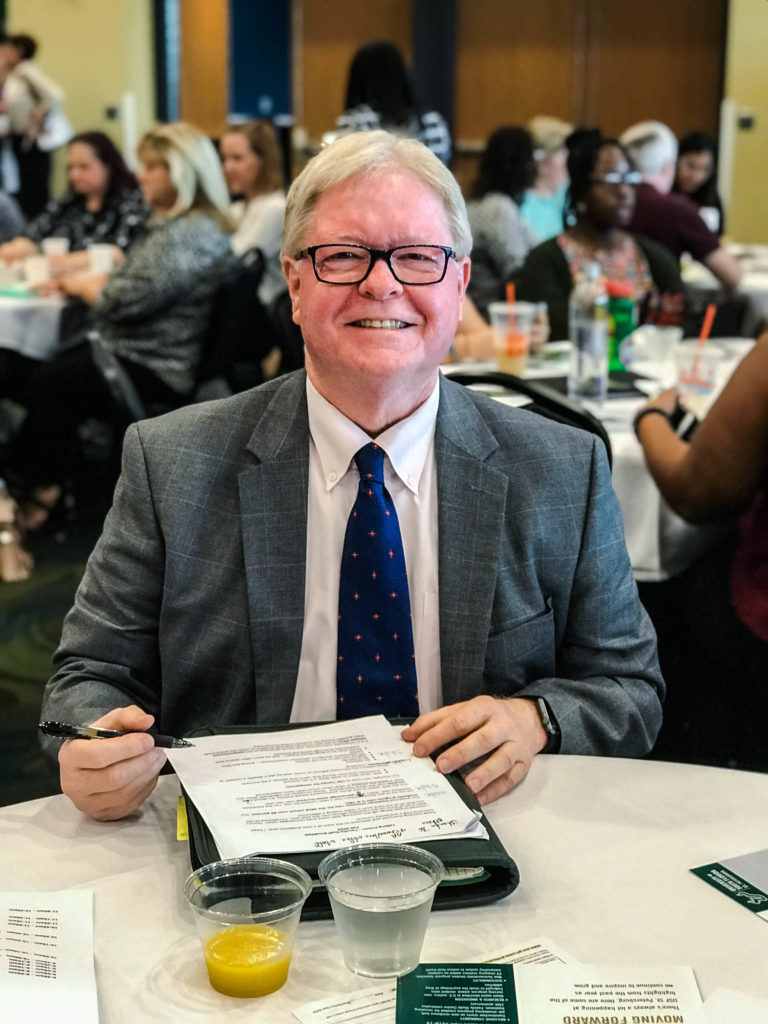
Regional Chancellor Martin Tadlock:
This update is the next evolution of the preliminary blueprint (which Currall released Sept. 10) and outlines new investments that will help preserve the distinctive identities of each campus while building upon areas of existing strength, engaging faculty expertise from across the entire USF.
I will have clear responsibility and accountability for academic and budgetary decisions at USF St. Petersburg. Our campus board will also play an important role in that process. I will also serve as a member of the USF President’s cabinet.
All in all, version 2.0 is a solid, detailed plan showing that consolidation will bring tremendous opportunities to our campus and result in significant benefits for our students, faculty and members of the St. Petersburg and Pinellas County communities.
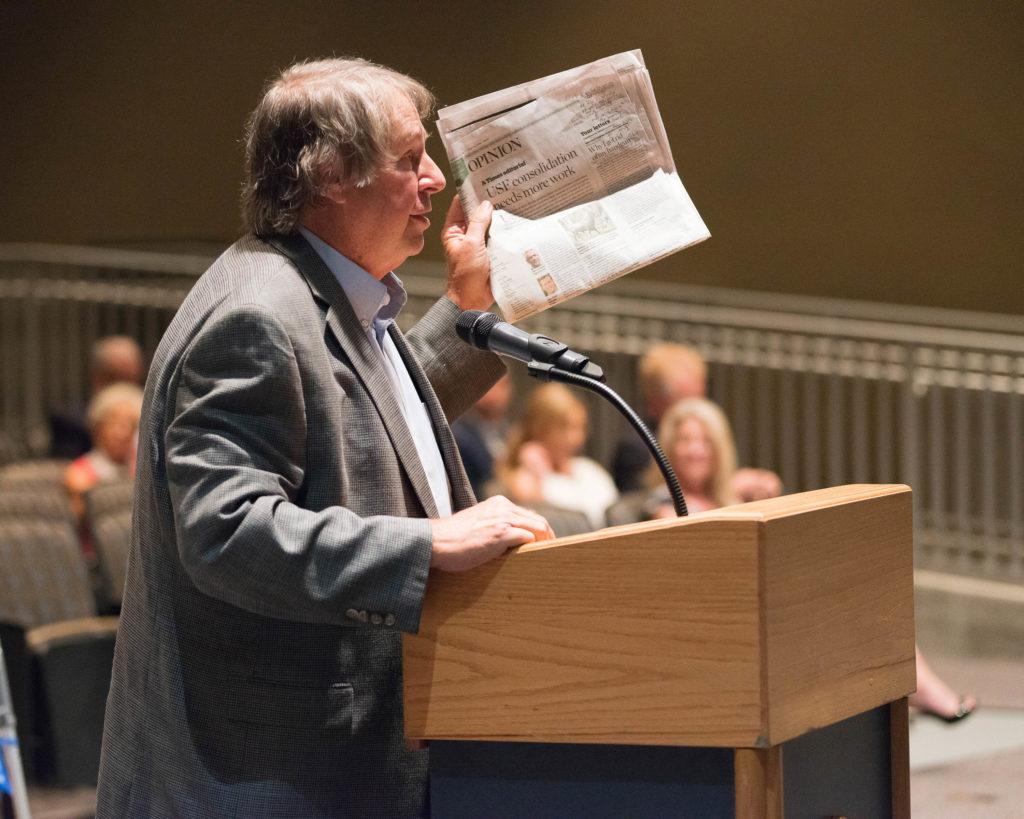
History professor Ray Arsenault, president of the USF St. Petersburg Faculty Senate:
I think we can live with this. Others I have talked with feel the same way.
This returns us to the branch campus status we had before (separate) accreditation (in 2006). I lived under that system for about 25 years, and it worked quite well.
We didn’t get the resources we wanted or deserved, but because now it’s tied to preeminence and consolidation, we may actually see some benefits.
When I first came (to USF) in 1980, our salaries were equal to those in Tampa. Over the years we have lost ground and the salary problem has gotten to be critical. There are a lot of inequities that need to be addressed.
There is no reason we couldn’t create a good system out of this document. Now it depends on the human variables.
Patricia Pettijohn, associate librarian at the Nelson Poynter Memorial Library and member of the USF System Faculty Council:
It’s a great improvement. There are some broad strokes there that need to be fleshed out.
They (consolidation planners) listened about the journalism school and that was important. They listened about the need to have some type of local campus faculty structure. And they listened that we need an academic leader on this campus.
We were already a campus. You can’t turn back the wheels of time on us. We are so clearly a campus. We have our own culture, residents and students. What we need going forward is more support for research, labs and teaching assistants.
For our faculty to meet demands for high research, we are going to need support. We need to work on issues of salary parity. St. Petersburg and Sarasota sometimes make substantially less.
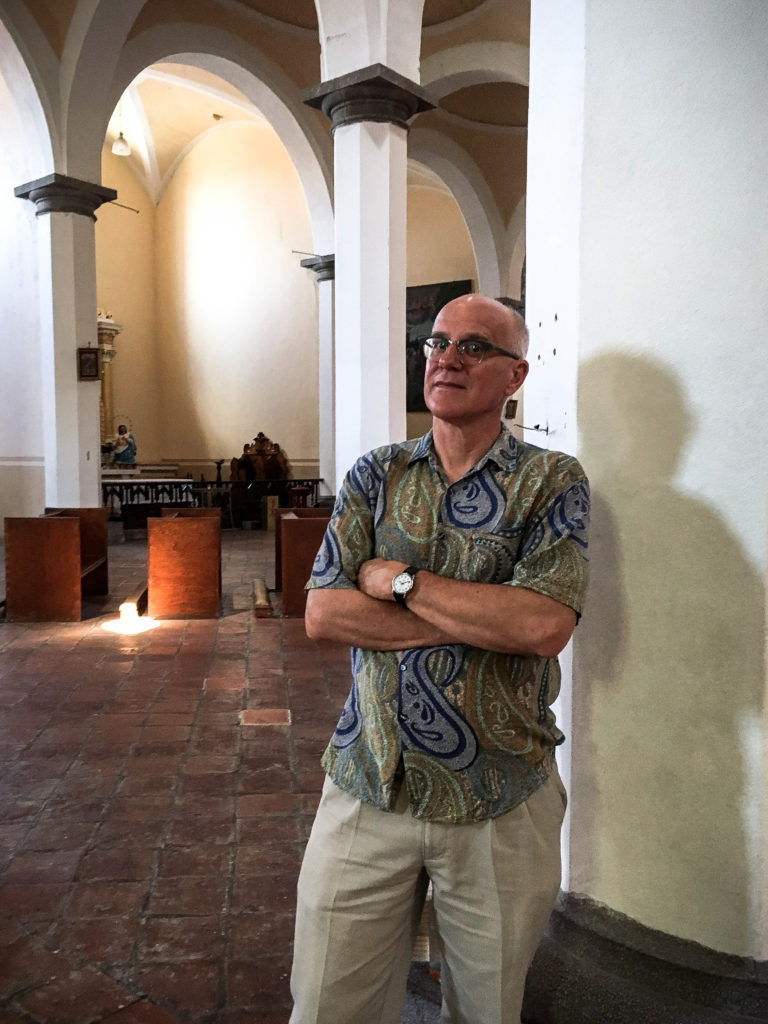
Thomas Hallock, English professor
Consolidation in my particular program, English, is problematic. It’s very difficult to fit the small English program at USFSP into Tampa’s much larger department.
But our strength is not really the curriculum, it’s the people — our students and faculty. So my goal next semester will be to teach the problem.
Consolidation is a train wreck, but no learning situation in life is ever completely organized or crystal clear, so I will ask students to think critically about where we are institutionally. Let’s study the train wreck.

Thomas W. Smith, political science professor and honors program director
There is a lot to applaud here. It’s a pretty dramatic reversal of where we were a few weeks ago. Most importantly, the plan empowers regional chancellors in academic matters.
The challenge now will be to ensure that decision making and resources reach every corner of USF. For students, that means equal opportunities and access. For faculty, that means equity in salaries and parity in teaching loads.
The Tampa Bay Times editorial board:
The revisions revealed Thursday are a substantial improvement, benefit the entire university and treat the St Petersburg campus much more fairly.
While there are details left to be resolved, this 2.0 consolidation blueprint better reflects the spirit of the 2018 law and offers a reasonable path for the branch campuses to maintain and enhance their unique identities within the major research university.
Overall, USF consolidation 2.0 is a big step in the right direction for the entire university, which will have one accreditation, one set of admissions standards and one diploma.
It should benefit all students regardless of whether they are primarily based in Tampa, St. Petersburg or Sarasota. And it reflects well on (state Rep. Chris) Sprowls, who remained engaged and pushed for revisions, and on Currall, who has proven to be a quick study and a good listener in less than four months on the job.
Ultimately, though, the USF consolidation plan provides only the road map for “one university geographically distributed.” The success of a unified USF really will depend on the good intentions and collaboration of university administrators and faculty across three campuses to work for the common good.

